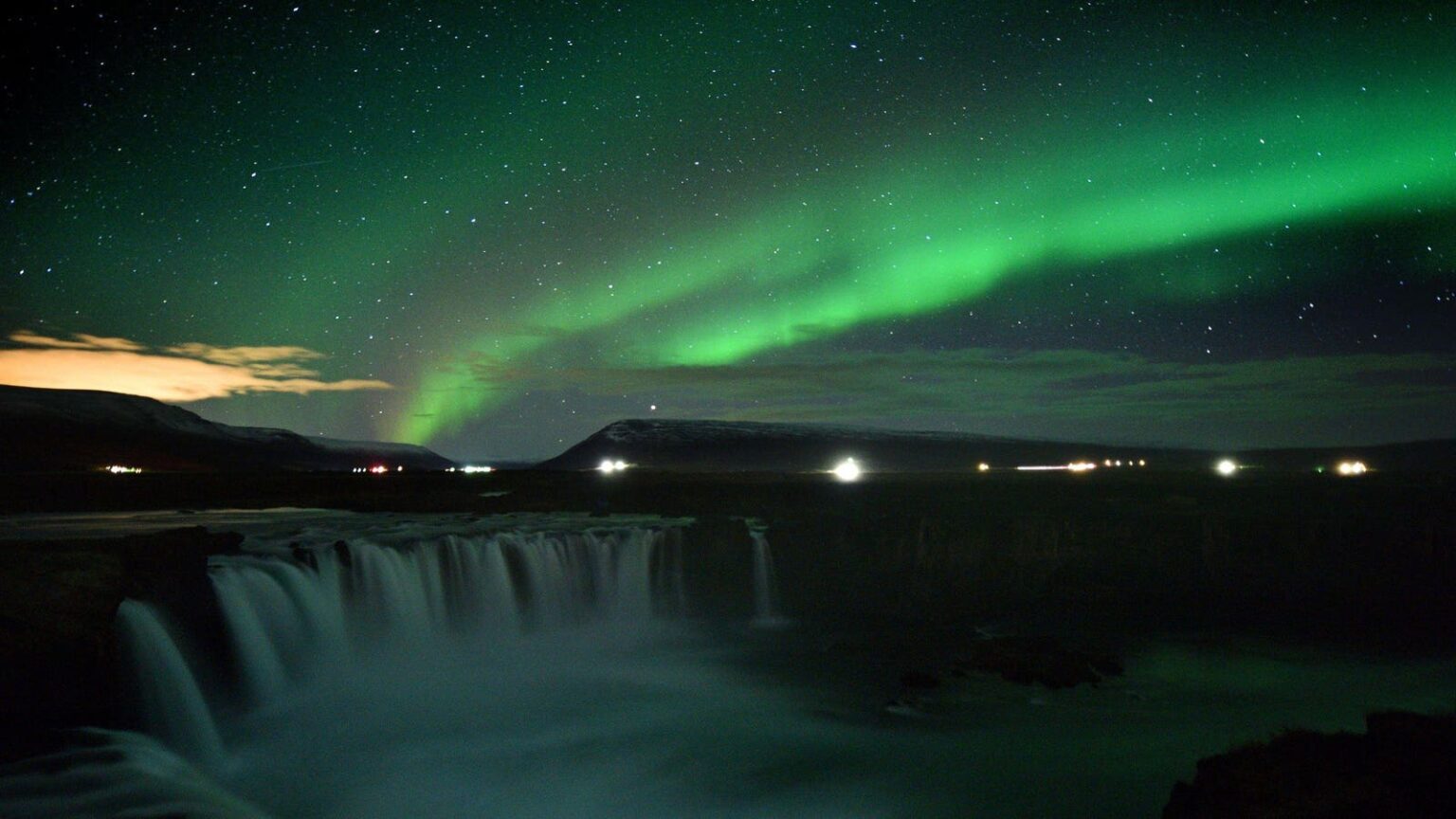Topline
Geomagnetic storm conditions are possible Monday after a recent coronal mass ejection, potentially bringing the northern lights to several states in the northern U.S., according to the National Oceanic and Atmospheric Administration.
Some geomagnetic storm conditions are expected after a coronal mass ejection that left the sun last … More
AFP via Getty ImagesKey Facts
NOAA forecast auroral activity with a Kp index of three on a scale of nine for Monday night, suggesting the aurora borealis may be visible farther from the poles and be “quite pleasing to look at” for those in the right areas.
NOAA noted the Kp index may be upgraded to just over four, signaling higher confidence of the northern lights being seen in parts of Maine and South Dakota, saying a “minor” geomagnetic storm is possible Monday because of the lingering effects of a coronal mass ejection that left the sun on June 6.
Similar auroral activity is expected Tuesday and Wednesday, with a maximum Kp index of three and four forecast for either day, respectively, according to NOAA’s three-day projections.
Where Will The Northern Lights Be Visible?
Parts of northeastern Washington, northern Idaho, Montana, North Dakota, northern Minnesota, Upper Michigan and northern Wisconsin have a low, but potential, chance of seeing the northern lights. Most of Canada and Alaska have a higher likelihood of viewing the phenomenon. (See map below.)
Monday’s view line.
NOAAWhat’s The Best Way To See The Northern Lights?
NOAA recommends traveling to an unobstructed, north-facing and high vantage point away from light pollution to see the northern lights, which the agency said are best seen between 10 p.m. and 2 a.m. local time.
What’s The Best Way To Photograph The Northern Lights?
Photography experts told National Geographic it’s best to use a tripod to stabilize the image, while also using a wide-angle lens, an aperture or F-stop of four or less and a focus set to the furthest possible setting. With a smartphone, NASA recommends enabling night mode, disabling flash and opting for a slower shutter speed, if possible.
Key Background
An increase in solar events like coronal mass ejections and solar flares will likely persist into early 2026, according to NASA’s projections. This rise coincides with activity on the sun’s surface achieving a “solar maximum” in October 2024, which occurs over the sun’s 11-year cycle that includes a “solar minimum” and a decline in solar events. Geomagnetic storm events ramped up in intensity last year, after one of the strongest storms in 20 years disrupted Earth’s magnetic field and led to the northern lights being spotted in all 50 states.
Further Reading
Read the full article here


